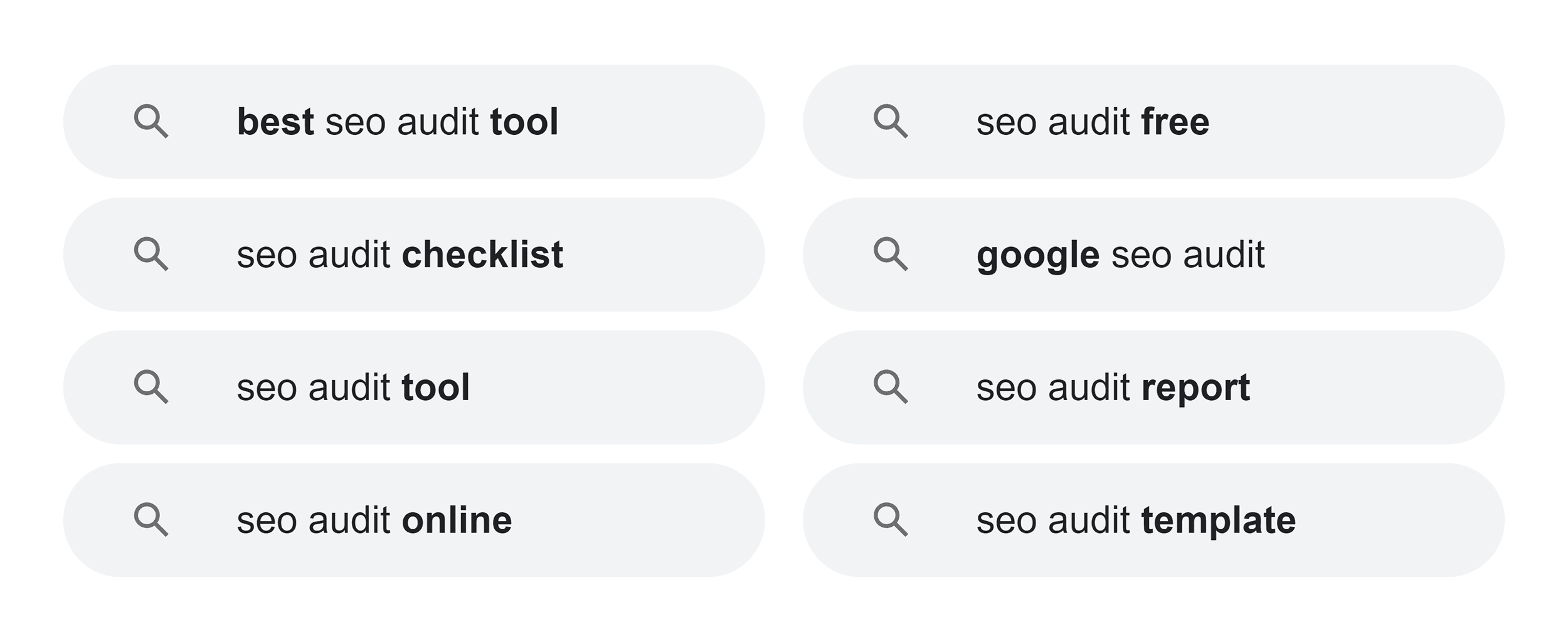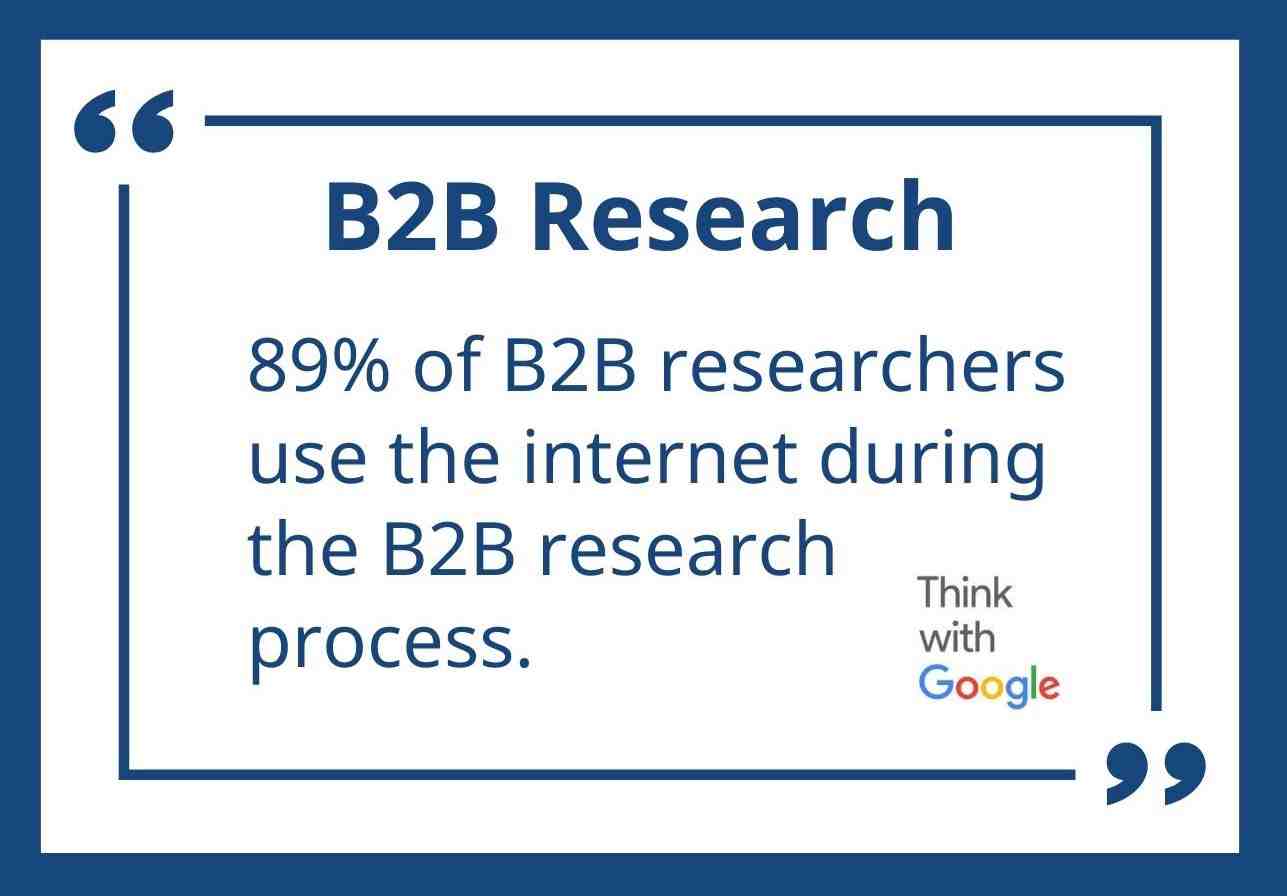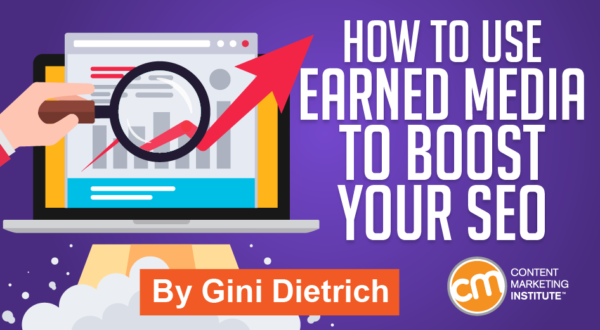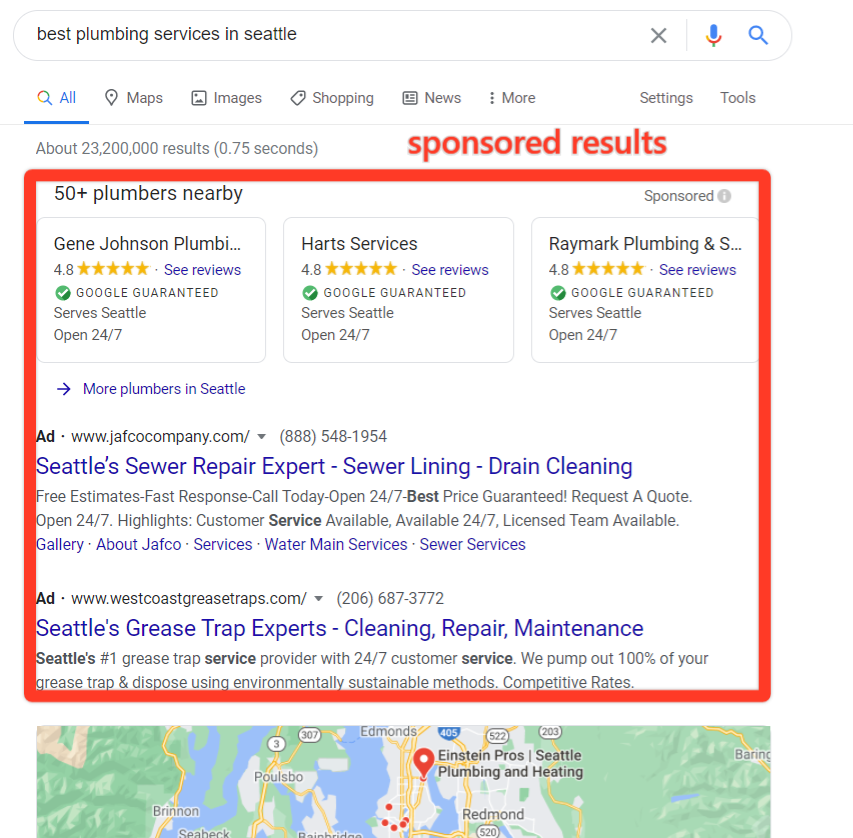As search engines evolve to understand language in more sophisticated ways, relationships are becoming increasingly important in SEO. Semantic search is here to stay, so it’s time to pay attention to connections and associations to take your SEO content to a new level.
Using entities in your content can help you produce higher quality work.
Linking these pages, guides and sections of the website together can help maximize relationships further to achieve some great results.
Terminologies you’ll need to know
Contents [hide]
- 1 Terminologies you’ll need to know
- 2 How are all these connected?
- 3 1. Content
- 4 2. Pillar pages and topic clusters
- 5 3. Website
- 6 Quality + relevance + context
- 7 How SEO works step by step?
- 8 What does entity mean in business?
- 9 What is a backlink in SEO?
- 10 What is entity Search SEO?

How are all these connected?

NLP and entity understanding are the keys to making semantic search successful.
If Google doesn’t have a good understanding of how we actually use and understand language, it can easily misinterpret certain search queries.
Similarly, mislabeling an entity can result in some confusing search results.
As humans, we make these connections naturally because of the context in which we experience them. AI must learn these connections based on contextual cues.
Over the last few years, Google Hummingbird, BERT, and now the MUM update have all evolved toward more sophisticated semantic search. (You can find out more about Google’s use of AI in search here.)
With all this in mind, it’s time to learn the various aspects of leveraging relationships to get better SEO results.
1. Content

Writing great content for semantic search goes far beyond simple keywords. It should contain the relevant entities and consider the relationship between them.
Why do entities matter in SEO content?
Entities are important for SEO content because they are connected by relationships. These entities and the relationships that link them are what Google uses to determine meaning and context in each piece of written content.
All these things and concepts are related to other things and concepts.
Some of these relationships are very strong, others are weaker.
Some entities are used extensively in text across the web in many different contexts, and other entities are used sparingly in certain circumstances.
These entities are understood by Google’s knowledge graph.
For well-known entities like the Empire State Building, you can see a very rich knowledge graph panel that includes basic information, addresses, opening hours, peak times, reviews, and even the latest news.
This can help answer a whole host of user questions before they even ask them.
Semantic search learns from all of these connections to determine the information most relevant to the user’s query.
So, why should this matter for SEO?
If you want Google to serve your content as one of the top results for a given set of queries, it is important to include the entity with the strongest relationship with that query.
This requires a thorough understanding of the topic and the entity relationships involved.
How can I use relationships to write better SEO content?
When we appreciate how important entities are in search, it’s easy to see why considering which entities are related to the topics we write about is so important for serving user queries.
If you want to write better content, you need to thoroughly explore the entities and relationships involved.
If you’re writing about the theory of evolution, for example, your content will be lacking if you don’t mention Charles Darwin, natural selection, humans, history, and ancestors.
In fact, you can see many of these entities linked to a topic using a Google image search:
This is a fairly simple example to illustrate an idea, and writing good content is much more nuanced. There are likely thousands of different words, phrases, and entities that will relate to your entire topic.
It’s important to look for phrases that often appear alongside your main topic in addition to partial match terms. It helps set context for your content using Phrase-Based Indexing. These related phrases were not found using the classic keyword research method.
So here’s how you can find the information you need to start creating NLP-friendly content.
There are various tools that can help with this such as:
These tools are very easy to use. All you have to do is set up an editor or project using keywords of your choice (or a selection of closely related keywords).
The tool does a lot of the heavy lifting, giving you a list of terms, phrases, or entities to include in your copy. Some even guide you on how often you should use them.
You can use this guide to write your content, using any of the related terms you can weave naturally. Often, NLP terms are also organized by impact, so you can highlight those at the top of the list.
You can also review text that already ranks well for a topic using the Google NLP tool. Check the ‘entities’ tab to find entities that stand out on a topic:
This can help you select entities that you may have missed. You can use the same process to review the salience of certain entities in your own content after you have written it.
The good news is, semantic search aims to understand human search intent and present relevant results.
The approach is conversational, so your most powerful tool is your humanity.
Research your topic well, write to serve real people and you should naturally include a lot of relevant entities and their relationships.
2. Pillar pages and topic clusters

Getting each piece of content right is only one piece of the puzzle.
The next challenge for a content strategist or SEO is to consider and maximize the relationships between different topics and content.
Just like every term and entity, every content covers topics related to other topics. This relationship can be strong or unimportant.
What is a topic cluster strategy?
The topic grouping strategy maximizes the contextual relationship between pages and content sections by grouping them together to add to their strength. This involves a series of support pages that look at the area in depth, linking to pillar content that broadly covers the main topic.
Topic clusters enhance the user journey because it makes it easier for people to find related information. They provide rich and relevant resources and package them based on their relationship to one another.
How can I find topic clusters?
While it’s easy to find related topics and questions about a subject using tools like AnswerThePublic and AlsoAsked, one of the biggest challenges is how to structure these questions.
Where does one article end and another begins? What makes up the relevant part of the topic cluster and what stands alone?
Start by grouping similar questions and you can quickly form the basis of the article. Organizing queries, prepositions, and other long tail search terms together based on a common theme will give you a different set of content ideas to form part of a larger group.
The most defined group of topics should become clear through critical thinking. Once you’ve made a list of article ideas, you need to consider the relationships between them.
There are several different types of content clusters, such as:
All of this indicates a clear relationship that will form a very strong group. They’ll also benefit from an overarching pillar page to house everything and bring together broad topics.
If you have topic group ideas but the relationships between them aren’t immediately obvious, make a map of how they relate to one another. If you find it difficult to make connections between one topic and another, it may not be right for your cluster. Any orphaned content should be removed or considered part of a different topic cluster.
This relationship will be your internal linking strategy. Contextual links are used by Google as a frame of reference, so it’s important to use relevant anchor text when linking to other parts of your topic cluster.
Why are pillar pages so powerful?
Pillar pages are powerful because they show the depth and breadth of knowledge about a particular subject. If you do them well, they help demonstrate your expertise because you consistently publish high-quality content on a topic and show that you understand the relationships between these topics.
This is the authoritative pillar page of Search Engine Land, which combines a whole host of related articles, relevant questions and entities to create a leading resource on keyword broad SEO. This is much more effective than a one-page article on SEO because it helps direct readers to other related topics and helps answer any subsequent questions they may have instead of sending them back to search again.
3. Website
Ideally, your pillar pages will cover all the broad topics that are important to your website as a whole. Getting this right can feel really scary.
What content should I post on my website?
If you’re starting from scratch and wondering what content to post on your website, try starting from the top down. Ask yourself what is the broadest level of what your website represents.
Next, consider all the high-level topics you want to cover. You may already have this structure through your website navigation, depending on the type of site you are working on, and what stage of development you are in.
If you want to leverage relationships to improve SEO, it’s very important to keep things relevant. Don’t stray too far from your core topic and make sure each page relates to another page on your site.
Maximize the relationship, and do it well. To be a true authority, you need to regularly post high quality content related to your main topic and link related content sections. When you start ranking well for a whole group of related keywords, it becomes easier to rank for related topics.
If you do this often enough, and well enough, you can create your own semantic links. What we write is to feed machine learning, so if your brand is consistently associated with certain phrases, you will strengthen the semantic link between your own brand and these phrases themselves.
This could be the case for unlinked mentions as well if the authoritative site talks about you in the right context.
A real-life example
I decided to use a keyword grouping tool to find real examples of brands that have strong semantic links to a topic.
In the UK if I search for ‘women’s dresses’ in the keyword grouping tool, I can find many groups that include clothing types, but also some branded keyword groups, such as ‘Western dresses’. This shows us that the brand ‘Monsoon’ already has a fairly strong semantic relationship with the term ‘dress ladies’.
And while Monsoon itself doesn’t rank on Page 1 for ‘women’s dresses’, their dresses section has achieved heights of visibility across keyword sets that their competitors lack.
Monsoon has created a diverse range of pages to take advantage of the wide collection of related searches, strengthening their reach by considering the relationships between their pages rather than focusing solely on one page rank for a broad term.
Quality + relevance + context
Semantic strategy covers all the overarching principles of SEO content.
Writing effective SEO content is really about recognizing the relationships between words, topics and pages – but when you’re working on a granular level it’s easy to forget.
A strong strategy gets the best out of these relationships to produce results, no matter your industry.
The opinions expressed in this article are those of the guest authors and not necessarily Search Engine Land. Staff writers are listed here.
Claire Brain is the Head of Copywriting for the SEO team at Boom Online Marketing. Claire has 16 years of experience in the digital marketing industry, specializing in SEO for 7 years. He manages B2B and B2C SEO client accounts and leads the SEO copywriting team.
An entity set is a set of entities of the same type (for example, everyone who has a bank account). Entity sets do not need to be separated. For example, an employee set entity (all bank employees) and a customer set entity (all bank customers) may have the same members.
How SEO works step by step?
What is an SEO Strategy?
- Step #1: Create a Keyword List.
- Step #2: Google First Page Analysis.
- Step #3: Create Something Different or Better.
- Step #4: Add Hooks.
- Step #5: Optimize For On-Page SEO.
- Step #6: Optimize For Search Intent.
- Step #7: Focus on Content Design.
- Step #8: Link to Your Page.
What is SEO and how does it work? Well, SEO stands for ‘Search Engine Optimization’, which is the process of getting traffic from free, organic, editorial, or natural search results in search engines. It aims to improve the position of your website in search results pages. Remember, the higher the website is listed, the more people will see it.
What is the step by step process of SEO?
With that said, here are the steps for creating an SEO strategy in 2022: Step #1: Create a Keyword List. Step #2: Google First Page Analysis. Step #3: Create Something Different or Better.
What is the first step of SEO?
Determining relevant keywords is the first step in creating search engine optimized website content. Using keywords and building your theme around them will create content that provides answers to Google searches.
How many stages are there of SEO?
Great SEO content marketing can be one of the most effective ways to bring long-term targeted traffic to your website. But many people hesitate to jump in because the process is much less clear-cut compared to something like PPC advertising.
What does entity mean in business?
An entity refers to a person or organization that has separate and distinct legal rights, such as an individual, partnership, or corporation. An entity can, among other things, own property, run a business, enter into contracts, pay taxes, sue and be sued.
What is an entity instance? Examples of entities are one person, one product, or one organization. Entity type. A person, organization, type of object, or concept about which information is stored. Describe the type of information being mastered.
What is an example of an entity in a business?
In simple terms, a business entity is an organization created by an individual or individuals to conduct business, engage in trade or take part in similar activities. There are different types of business entities – sole proprietorship, partnership, LLC, corporation, etc.
What are the 4 business entities?
The most common forms of business are sole proprietorships, partnerships, corporations, and S corporations.
What are the 5 entities?
States recognize several business entities, but most business owners will choose one of five: corporation, general partnership, limited liability partnership, or sole proprietorship.
What are the 3 entities?
The 3 most common types of business entities are sole proprietorship, limited liability company (LLC), and corporation.
What are the 5 entity types?
U.S. state government recognize many different types of legal entities, but most small businesses are incorporated under one of five entity types: sole proprietorship, partnership, C corporation, S corporation, or limited liability company (LLC).
What are legal entity types?
Main takeaway: The five types of business structures are sole proprietorship, partnership, limited liability company, corporation and cooperative.
What are the 5 entities?
States recognize several business entities, but most business owners will choose one of five: corporation, general partnership, limited liability partnership, or sole proprietorship.
What are the types of entity?
There are different types of business entities – sole proprietorship, partnership, LLC, corporation, etc. – and the type of business entity determines the structure of that organization and how it is taxed.
What is owner entity?
Owner Entity means the owner of a property that owns one or more Insured Units. Example 1Example 2Example 3. Owner Entity means Seller and is used interchangeably with the term “Seller”.
What is owner entity type?
The entity that contains the owned entity type is the owner. Owned entities are essentially part of the owner and cannot exist without them, they are conceptually similar to aggregates. This means that the owned entity is by definition on the dependent side of the relationship with its owner.
What is the difference between owner and entity owner?
Entity Owner means a Unit Owner who is not an individual, but is a corporation, partnership, company, association, trust, or other entity capable of holding rights to real property.
What is entity owner mean?
The owner of a business entity is one or more people who set up an organization – a business entity – that carries out a trading or business business. There are several main types of business entities with different legal and tax implications, and deciding on a business entity requires careful scrutiny.
What is a backlink in SEO?
Links on websites other than your own that return to pages on your website. Backlinks are also called inbound links because they represent other website traffic coming to your own site. The quality and quantity of your backlinks can help you rank higher in search engines like Google and Bing.
What are backlinks in SEO and examples? A backlink is a link from a page on one website to another. If someone links to your site, then you have a backlink from them. If you link to other websites, then they have backlinks from you. For example, these words link to YouTube, so they now have a backlink from us.
What is backlinks and how it works?
Backlinks are also known as hyperlinks or inbound links. In SEO, backlinks are incoming links that refer from other pages on the web to your own web page. Google treats these backlinks as a “stamp of approval” between two websites. The more backlinks a page has, the more likely it is to rank high on Google.
What are backlinks in simple terms?
Backlinks (also known as “inbound links”, “inbound links”, or “one-way links”) are links from one website to a page on another website. Google and other major search engines consider backlinks to be “votes” for certain pages. Pages with a high number of backlinks tend to have high organic search engine rankings.
How do beginners get backlinks?
What are backlinks in simple terms?
Backlinks (also known as “inbound links”, “inbound links”, or “one-way links”) are links from one website to a page on another website. Google and other major search engines consider backlinks to be “votes” for certain pages. Pages with a high number of backlinks tend to have high organic search engine rankings.
Why do we create backlinks?
Backlinks are important for SEO because they signal to Google that other sources consider your content valuable enough to link into their own content. As the website gains additional backlinks, search engines conclude that the website has valuable content that deserves to rank well in the SERPs.
How do beginners get backlinks?
What is a backlink in digital marketing?
Backlinks are scenarios where a page on the internet references a page on your website and includes a clickable link to access that page. For example, this clickable text is a backlink to my personal website. “Backlink” is an umbrella term that encompasses a large number of other search engine optimization terminology.
What is entity Search SEO?
Entity search SEO is a form of on-page optimization that can help improve your website’s ranking in the SERPs. It goes beyond keyword optimization and focuses more on content/context optimization. It’s not just about the keywords that are on your website. It’s about the bigger picture that makes up those keywords.
What is entity SEO? What is Entity Based SEO? Entity-based SEO uses context, not just keywords, to help users find the information they are looking for. While keywords are an important part of your SEO strategy, they don’t fully reflect how humans search for information.
What is an entity in search?
What is an “Entity†? For the purposes of this article, an entity is a person, place, or thing. One way of introducing entities is to recognize that the Google Knowledge Graph is an entity graph and represents Google’s first step in leveraging semantic search (or entity lookup).
What are the three types of Entity Framework?
There are three approaches to modeling your entities in the Entity Framework: Code First, Model First, and Database First.
What is include in Entity Framework Core?
The Entity Framework Core (EF) Include extension method gives us the ability to load additional data in addition to the entity we’re querying for. For example: loading the product and its translation. product var = Context.
What is include in Entity Framework?
Entity Framework Classic Include The Include method allows you to add related entities to query results. In EF Classic, the Include method no longer returns an IQueryable but an IncludeDbQuery which allows you to link multiple related objects to the query result using the AlsoInclude and ThenInclude methods.
What is entity keyword?
Entity can be considered a type of keyword because it represents a specific person, place, or concept. You are an entity. The city you live in is an entity. The model of the car you drive is an entity.
What is an entity in Google?
We know that an entity is defined by Google as: “A single, unique, well-defined, and distinguishable thing or concept.” It is important to understand that something does not need to be a physical object, it can also be a color, date, idea, and others. An entity is anything that is: Singular.
What is SEO entity?
According to Google, an SEO entity is anything that is “single, unique, well-defined, and distinguishable”. Through this definition, an entity does not have to be a physical or tangible object; it can also be a color, a date, a currency, or an idea.



